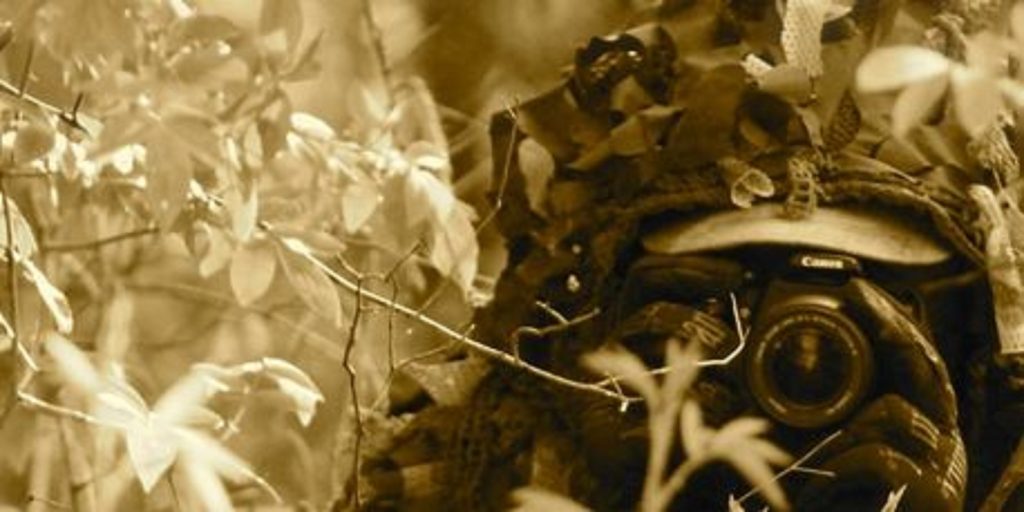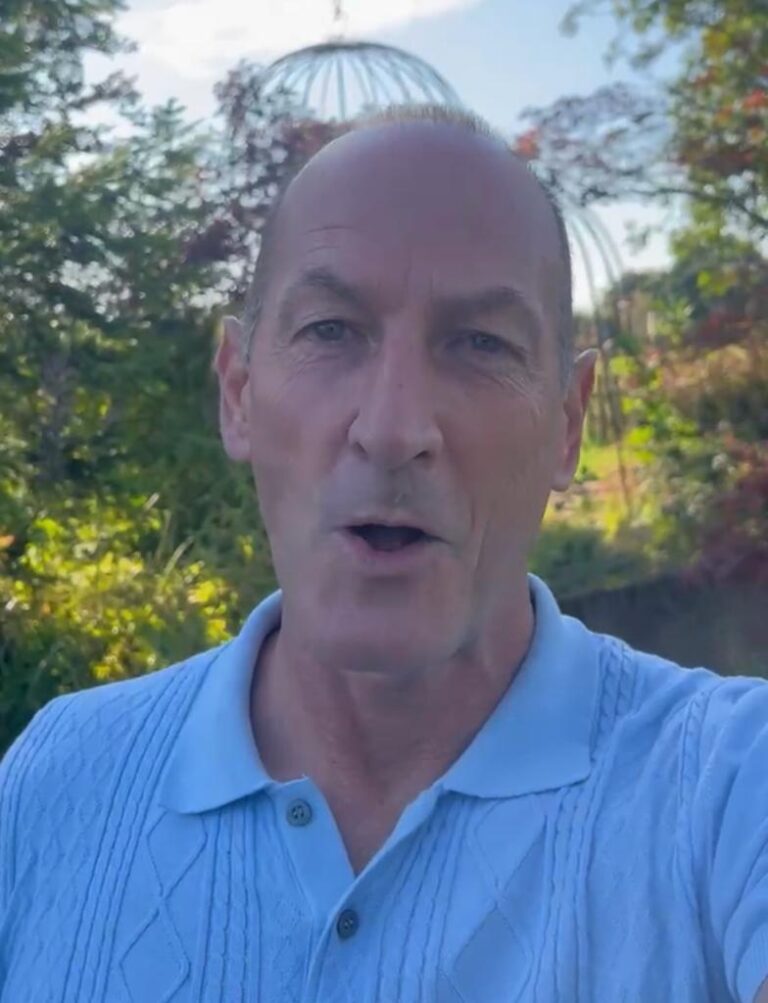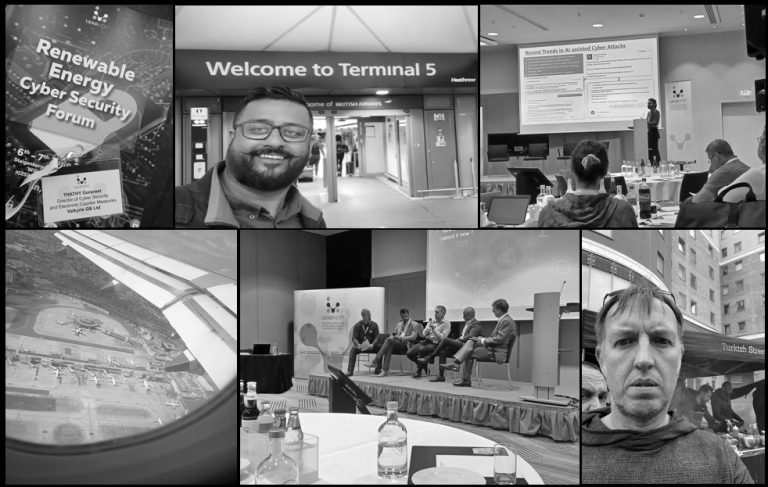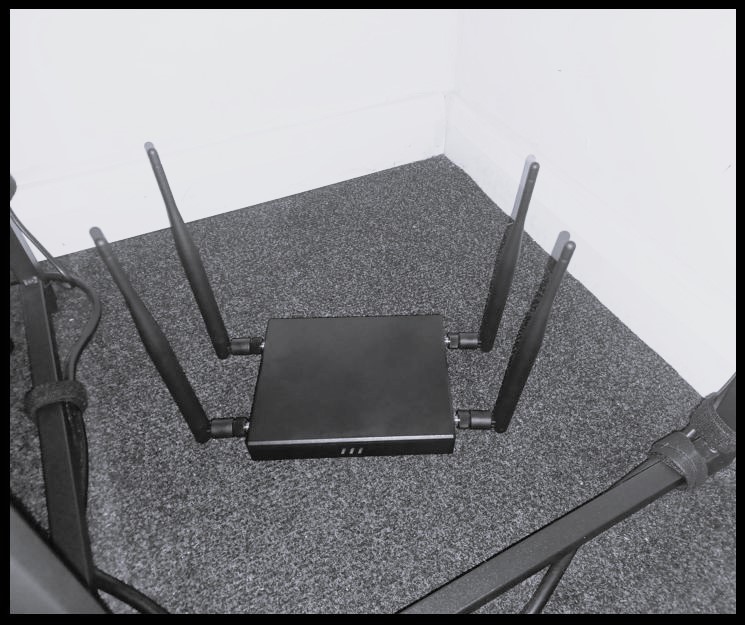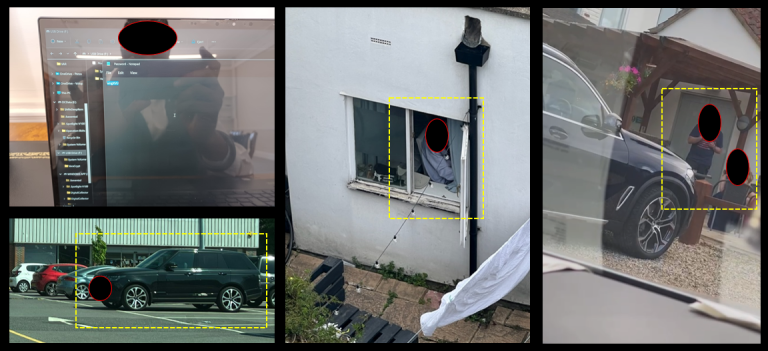Rural crime is a long-standing issue within the UK and it relates to farms, agriculture, wildlife, the environment and heritage sites. Criminals are often not caught due to a limited police capabilities in remote and rural areas. Rural crime (theft, poaching, fly-tipping, hare-coursing etc.) causes distress, misery and unnecessary hardship for farmers and rural land owners who rely on their land and machinery for their livelihoods.
Early this year an established client of ours in the Norfolk/Suffolk area, was falling victim to continual incidents of rural crime. The client has a large rural footprint and good overall security in place across the estate with a capable in-house team, locks, alarms, CCTV, well-kept fencing, well maintained boundaries etc. The client’s recent issues involve incidents of poaching and remote site theft.
After a visit to the estate, we assessed the issue in detail and devised several options for the client. We were able to deploy and install covert cameras in the areas affected by the theft. Unfortunately, the second area was problematic for cameras for various reasons, so we decided to deploy a rural-surveillance-team often referred to by the police as a Covert-Rural-Observation-Post (CROP). Rural surveillance is a specialist skill that takes years of training to perfect; skills we have here at Valkyrie.
In advance of the deployment, one of our analysts assessed a particular pattern to the crimes. This informed our decision as to when to deploy the cameras and ground teams. Clearly deploying ground teams isn’t the preferred course of action but in this situation it was assessed to be the preferred option. After two days on task, the cameras identified criminal activity at the first site and the surveillance team identified activity at the second. Both teams successfully identified associated vehicles and we were able to inform the police and direct them to the location of the stolen items. In addition, we provided the police with evidence, including imagery. The perpetrators were successfully caught and arrested.
Two key points from the situation and task:
- Assess the situation in detail and if possible, conduct a site visit and assessment so you can compile accurate courses of actions (COA) available to you and the client – list the COA’s in order of likelihood of success
- Analyse all available information in detail so you can best determine when to deploy and utilise assets available; be it human or technical to the best effect

